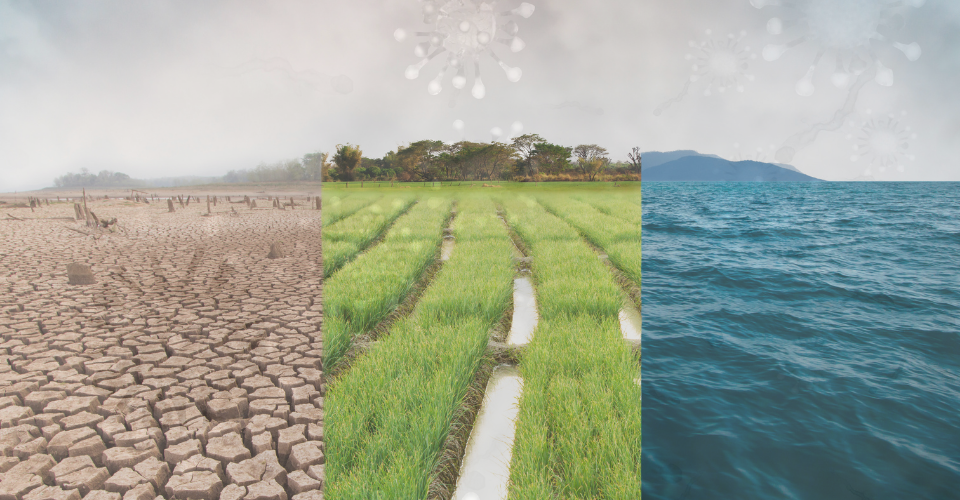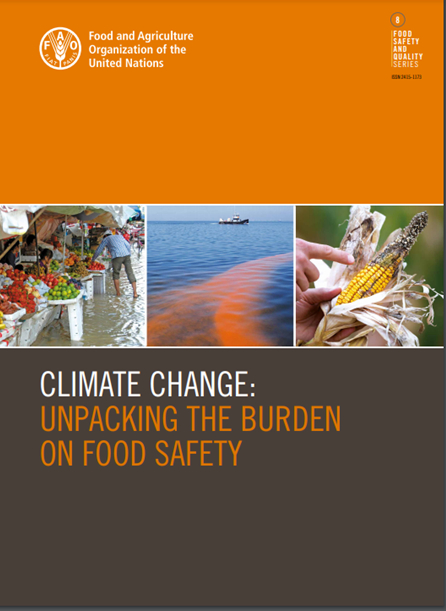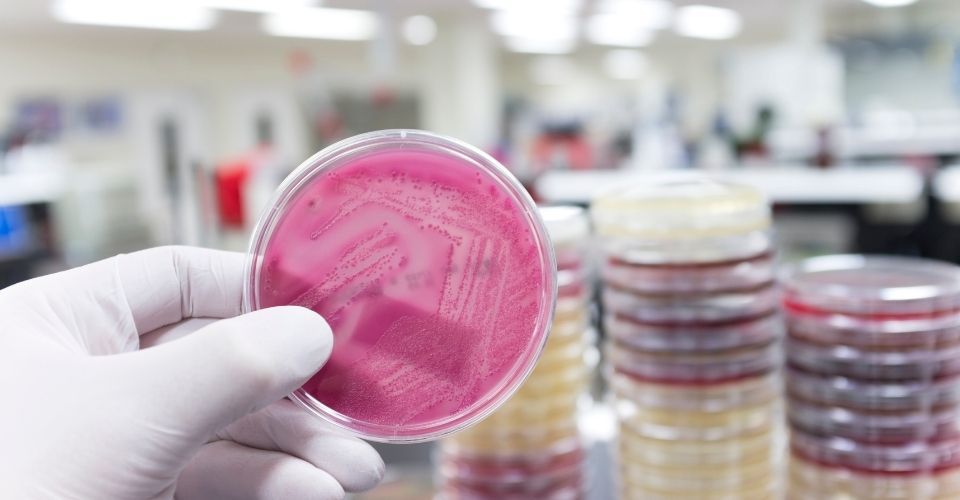
The Food and Agriculture Organization (FAO) recently released a report called Climate change: Unpacking the burden on food safety. The report provides insight into the complex and interlinked issues facing global food production and safety due to climate change.
The FAO is a specialised agency of the United Nations tasked with leading international efforts to combat hunger. While the dangers posed by climate change to global food chains and security are well established and understood, the risks posed to food safety are considerably more complex. The FAO report clarifies and examines the extent to which a warmer climate and a rise in extreme, unpredictable weather will lead to an increase in food pathogens.
The document begins by pointing out that foodborne diseases are already a significant health issue internationally. It then notes that the situation is considerably worse in developing countries, where the extent of food contamination is frequently unreported. To better understand the data relating to global food diseases, the FAO report looked at findings by the Foodborne Disease Burden Epidemiology Reference Group (FERG), established by the WHO.
Thirty-one known hazards were identified by FERG and caused an estimated 420,000 deaths in 2010. The number of pathogens transmitted by food is expanding, making it harder than ever to judge the full extent of the problem.
Worryingly, the report found considerable evidence proving that foodborne pathogens are increasing due to climate change.

The FAO report takes a broad view of the problems faced and looks at various issues across ecologies and countries. It notes well-established and documented evidence linking seasons and higher temperatures with disease. For example, studies in Australia, the Pacific Islands, and Israel have shown increased summer temperatures correlate with foodborne diarrhoeal reports.
Other findings and studies quoted in the publication show that pathogens such as Salmonella and Escherichia coli, and numerous others, replicate more rapidly at higher temperatures and humidity. Several studies in Europe have found that an increase of just 1°C resulted in a five to ten per cent increase in salmonella cases. In New Zealand and the USA, rising monthly temperatures have been linked to giardiasis illnesses.
The document presents a solid amount of evidence that points to the simple fact that the warmer it gets, the more food poisoning cases will occur. And it is not just heat that causes pathogens. The publication notes that precipitation patterns would similarly influence the numbers and incidences of foodborne diseases. Climate change is already resulting in an increased number of extreme rainfall events. Heavy rainfall can be particularly dangerous when local facilities are unable to cope with the increased load and can lead to compromised water. Waterborne diseases such as cholera can result.
The FAO report quotes several studies which show the increased occurrence of cholera in relation to El Niño Southern Oscillation (ENSO) events. One such study conducted in 2017 found that between 2000 and 2014, cholera cases during ENSO events increased in East Africa by 50,000.
Another study conducted in 2019 revealed that climate change has resulted in more insects surviving milder winters. This has expanded the range and numbers of insects, such as flies that carry pathogens, causing diseases like campylobacteriosis.
The report also looked at several studies that show how warming seas have led to increasing Vibrio populations and plankton growth.
In countries where seafood is consumed raw or half-cooked, this may result in more vibrio-related outbreaks. There is also evidence that warming oceans are transporting parasites to new areas.
Several other food safety issues that result indirectly from climate change were also examined. The publication quotes numerous studies showing that prolonged warmer seasons can affect how people handle and store food, leading to an increased risk of exposure to pathogens.
Another example already experienced in Singapore and Australia is that when climate change affects freshwater supply, sewage water is recycled for drinking water. Although strict monitoring and recycling technology should make this safe, pollutants such as antibiotic-resistant genes may persist.

The FAO report is incredibly helpful in explaining how the science and evidence strongly indicate that climate change and our lengthening, entangled food chains will increase food contamination issues. It stresses that monitoring and data sharing at national and international levels are essential. Food and health professionals need to work together as climate change intensifies.
Another urgent aspect identified in the FAO publication is that agencies need to be able to identify outbreaks and react rapidly. There should be agreed guidelines, improved risk management, and procedures that can be put in place to minimize potential problems.
While the report establishes that the link between global weather and food pathogens is increasingly evident, it is not all bad. Like climate change itself, if we get together and heed the science, there are things we can do to mitigate and control the problems faced.
The FAO publication Climate change: Unpacking the burden on food safety packs a lot of information, studies, and references into an easy-to-read document. It is well worth a read and can be found here.
Article published by: Food Safety Select
As a food business owner, you understand the impor...
View MoreFoodborne illness is a significant concern for Aus...
View MoreThe food industry is no stranger to the threat of ...
View MoreAs a food business owner, it's crucial to ensu...
View More_1.png)